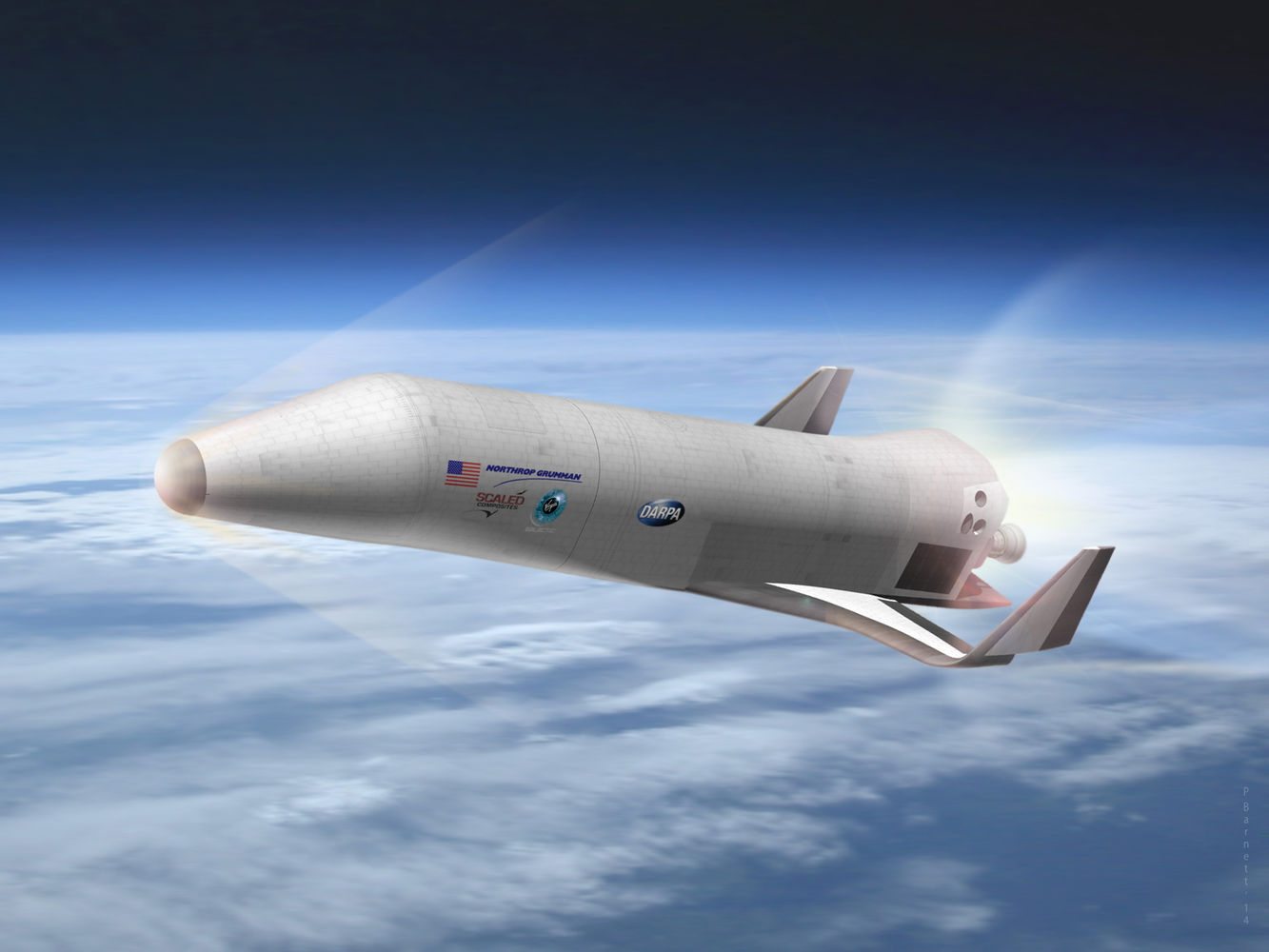The experimental low-cost XS-1 will be able to fly at escape-velocity speeds and catapult 3,000-pound payloads into orbit – and it’ll be able to do it again and again. This week the Pentagon’s Defense Advanced Research Projects Agency (DARPA) solicited design proposals for a satellite-launching robotic space plane, signaling that development of the futuristic aerospace vehicle is all but assured.
The Experimental Spaceplane (XS-1) project aims to build a reusable space plane capable of flying ten times in ten days at a cost of less than $5 million per flight. The XS-1 would be used as a cheap way to quickly place satellites in orbit without the costly safety checks between flights required by current, non-reusable spacecraft.
Three groups are involved in DARPA’s design efforts for the XS-1. This week’s announcement sets a deadline of July 22 for them to complete design proposals. By early 2017, DARPA expects to select a design and move forward with construction of an XS-1 prototype for flight testing.
The three teams include a Northrup Grumman-Virgin Galactic group, a Boeing-Blue Origin alliance, and a Masten Space Systems-XCOR Aerospace combo, tasked with providing detailed digital renderings of a finalized design under the Phase 1 grant issued by DARPA.
The XS-1 program has four specific goals:
- Reusable for a minimum of 10 flights in 10 days;
- Fast enough to deliver a payload into low Earth orbit;
- Must launch a payload of up to 3,000-lbs (1,360kg); and
- Each flight must cost less than $5 million
“In an era of declining budgets and adversaries’ evolving capabilities, quick, affordable, and routine access to space is increasingly critical for both national and economic security,” DARPA officials wrote in a statement. “Current satellite launch systems, however, require scheduling years in advance for an extremely limited inventory of available slots. Moreover, launches often cost hundreds of millions of dollars each, due in large part to the massive amounts of dedicated infrastructure and large crews.”
The program, which began in 2013, initially targeted a start date for test flights in 2018, but recent estimates place the first flights sometime in 2019 or 2020.
In April, DARPA announced that the agency had received funding from the Obama Administration to move into Phase 2, and the final construction of a prototype which will follow the July 22 contest. The calls for proposal are open to all, not only the companies subsidized under the grant program to produce a bid.
The XS-1 will not be the military’s only reusable space plane program. The Pentagon already has such a vehicle at its disposal, the highly classified X-37B space plane, which can ride aboard rockets and orbit the Earth for months at a time. Yet, the two Boeing built X-37Bs in the US fleet have only been launched on four missions over six years, suggesting perhaps a design flaw or service incompatibility.










